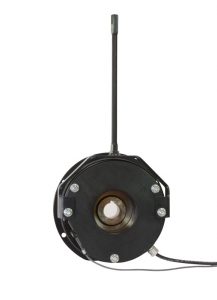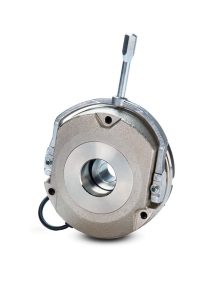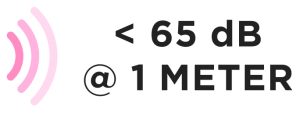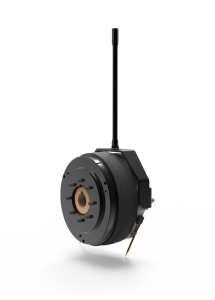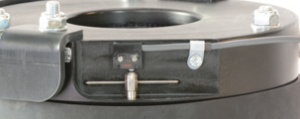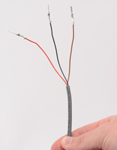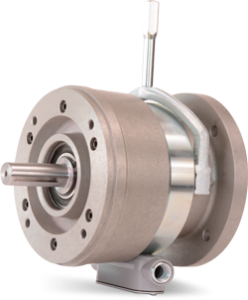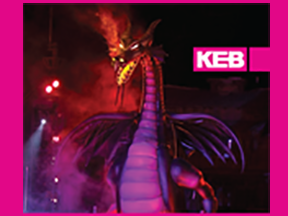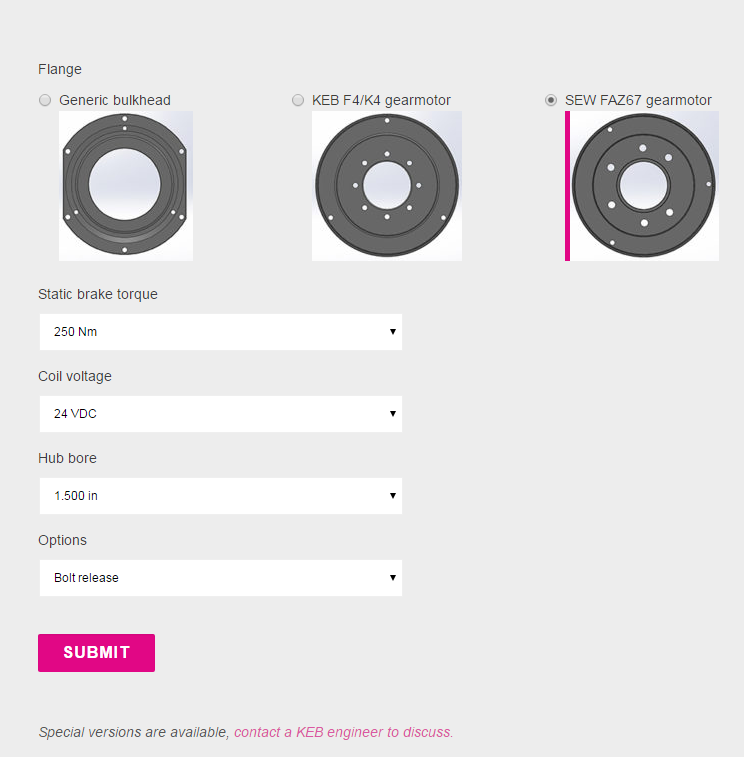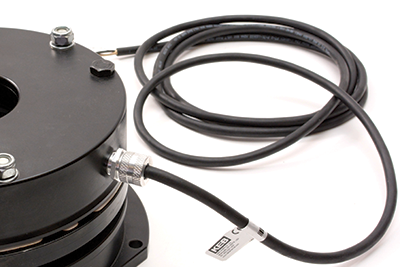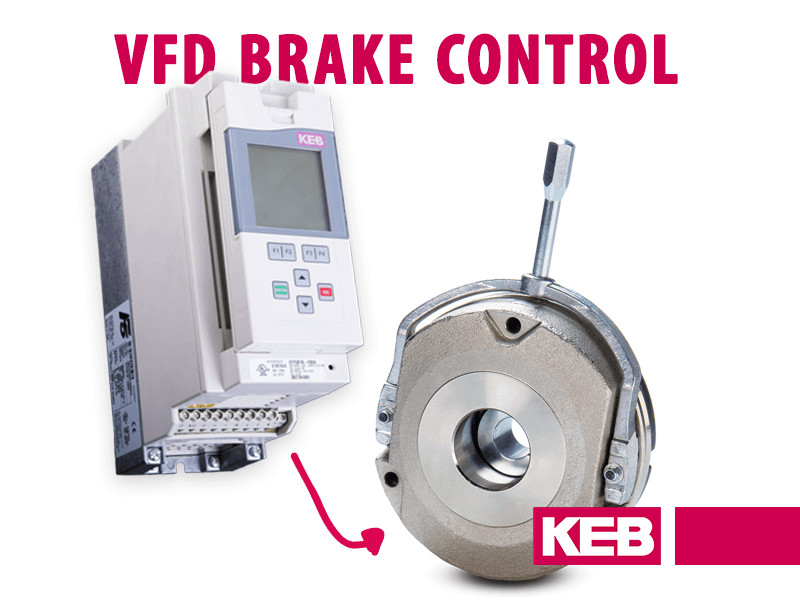KEB has been supplying spring-set brakes for the theatre and stage industry for over 40 years. Deck winches, turntables, line shaft hoists, pilewind hoists, orchestra lifts – whatever the application, KEB has excellent brake products (and gearmotors too) for your theatre machinery.
Here are a few things to consider when specifying your theatre brake:
Safety
Typically, a power-off failsafe brake is desired – especially if the application is a hoist lifting an overhead load. I ran across an installation in Asia a few years ago that used some large PM servo motors for the hoisting axes. The motors were equipped with permanent magnet brakes which is common among servo manufacturers. While permanent magnet brakes do provide power-off brake engagement, they are not “failsafe” because if the airgap becomes too large through wear or misadjustment they can fail open and unsafely.
KEB’s electrically released spring applied brakes use multiple springs embedded in the magnet housing to provide failsafe power-off braking – they are our standard offering for the theatre industry. KEB can even provide spring-set brake designs for servo motors if needed. KEB brakes are DC actuated which means they do not have any linkages or solenoid plungers like AC types. The design is simple and reliable and proven.
Noise Reduced
If a theater hoist or winch operates during a performance the machine and all of its components likely needs to be quiet. This is usually not a problem for small brakes but becomes a concern when using larger brakes. Large DC spring-set brakes have an armature that actuates back and forth and makes metal-metal contact with the magnet housing. The noise can be significant and becomes more noticeable the larger the brake and the larger the moving armature mass.
KEB employs several design features in our theater brakes which dampens the actuation noise. As standard, KEB theatre brakes are designed to produce less than 65dB noise measured at a distance of 1 meter. In practice, our stage brakes are even quieter. Typically, other automation components like motor contactors and the gearing produce more noise than the KEB brakes.
Hand Release
A manual hand release allows the brake to be released without electrical power. This can be very useful for diagnostics and machine commissioning.
For some applications, like people flying, a hand release is absolutely required and is not an option. In the case of a loss of power, a performer must be able to be lowered rather than hanging indefinitely.
Microswitch
A microswitch provides engagement feedback of the brake state. It is never a bad idea to use a microswitch to give extra peace of mind – especially when flying people or applications moving very large loads like speaker clusters or orchestra pits.
A microswitch on the brake is a price adder so the requirements of the application must be taken into account. Also, it should be noted, that some external control is needed to evaluate the microswitch signal. This typically takes the form of a VFD or PLC. KEB microswitches can be configured for either NO or NC configurations.
Double Brake
Redundant braking is often preferred or required. There are a number of different ways to achieve this and the geography of the installation sometimes dictates the brake placement and machine design.
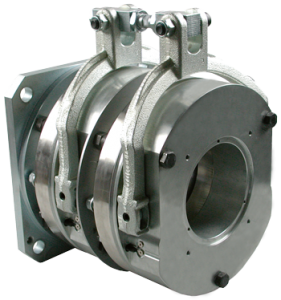
For applications requiring two brakes on the high-speed motor side, KEB’s D8 spring-set brake can be used. KEB’s D8 double brake is basically two brakes with independent electrical and magnetic circuits. Each brake is controlled and powered separately and is capable of stopping and holding the rated load by itself.
The D8 design is very compact and the brakes ship from the factory with preset airgaps so the installation is straightforward. With KEB’s D8 product, options like hand releases and microswitches can still be implemented.
Load Brakes
An alternative to using a double brake on the motor side would be to place one brake on the output (gearbox) side of the machine in addition to the gearmotor brake. This output brake is typically referred to as a load brake or parking brake.
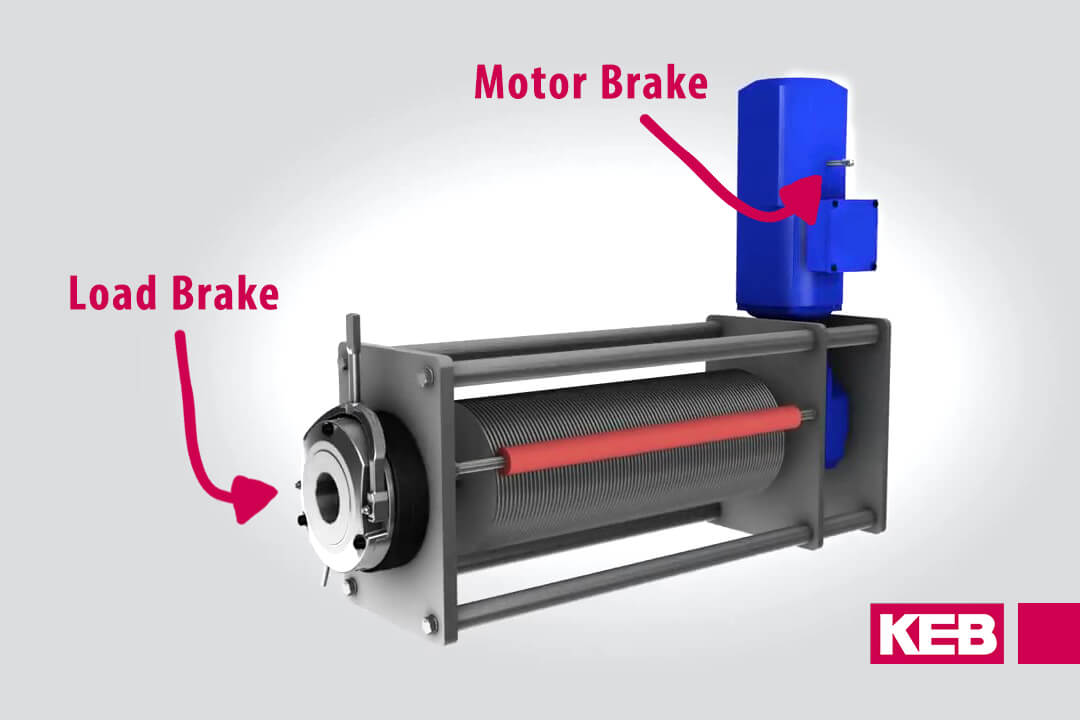
Philosophically, there are some advantages to having a brake acting directly on the drum shaft. A user can be assured that the brake is acting on the drum shaft and does not have intermediate links or couplings inbetween.
KEB’s popular load brake product extends up to 1500Nm and has all the options demanding theatre applications require.
We recently released a new online configurator which allows designers to configure their load brake with options and download 3D models. Check it out!
Double C-Face Brakes
It is also worth mentioning KEB’s Type 17 C-Face brake product. KEB’s Double C Face brake is spring-set and electrically released – see how it works.
The spring-set brake is packaged in a double C-Face housing which has an input sleeve and output shaft with common NEMA dimensions. This brake product is popular in theatre applications because it is modular and easy to install. It allows a brake to be easily added to an off-the-shelf NEMA motor and gearbox and can be mounted horizontally or vertically.
If you’d like to learn more about KEB solutions for theatre and entertainment applications, contact us today.
Let's Work Together
Connect with us today to learn more about our industrial automation solutions—and how to commission them for your application.
